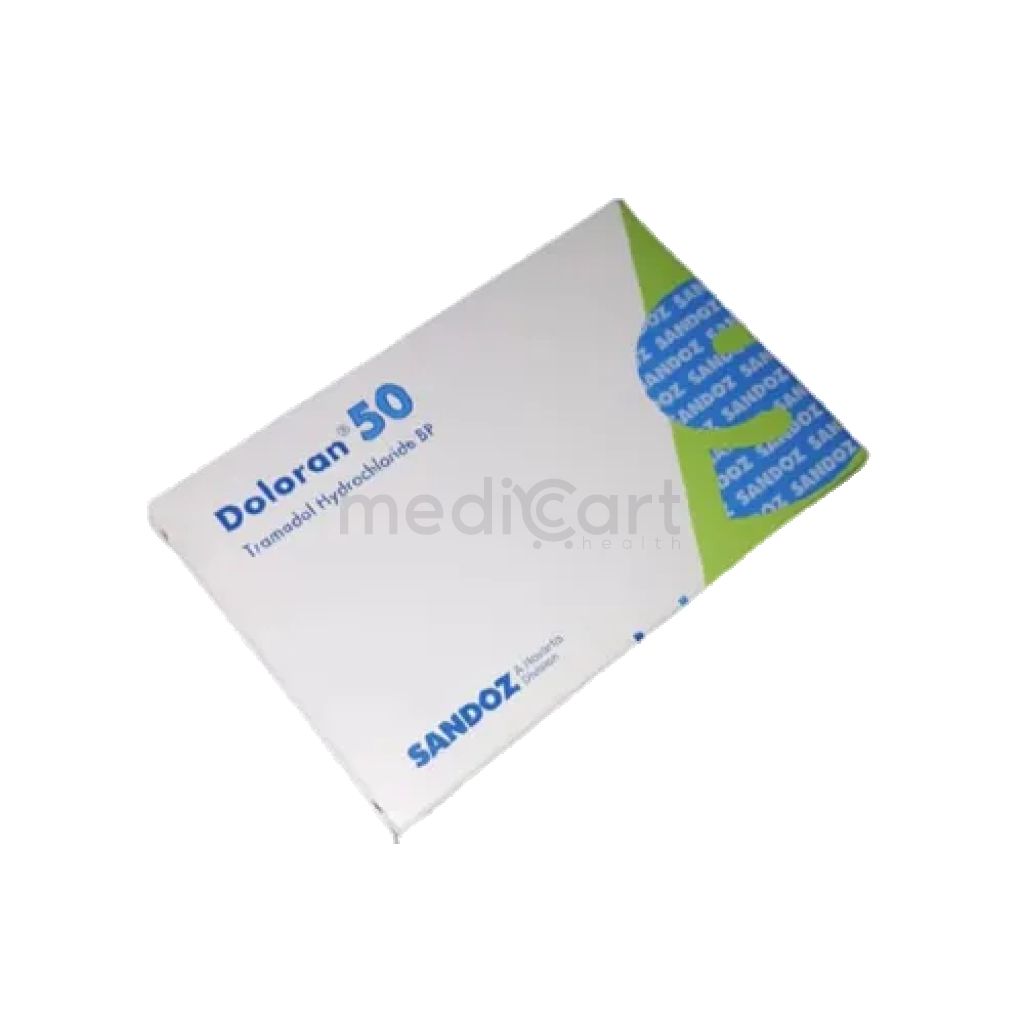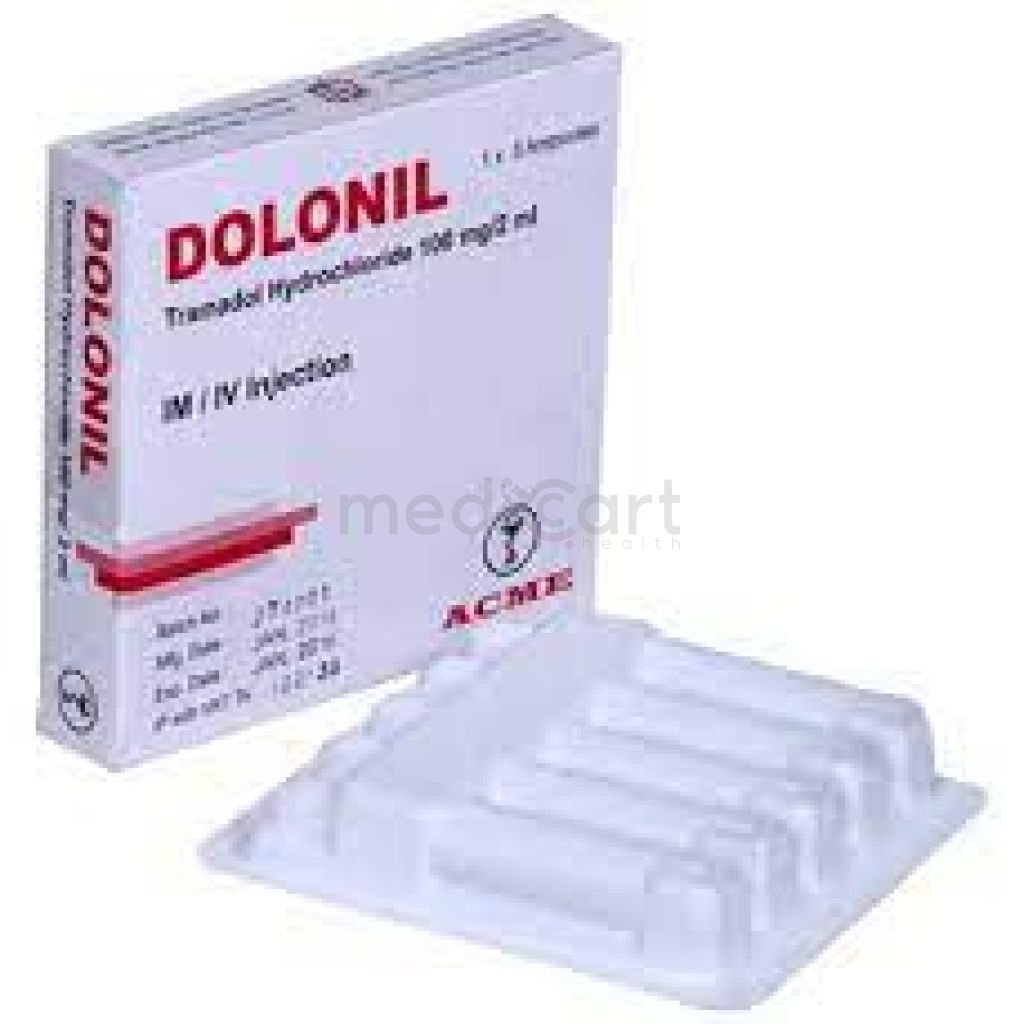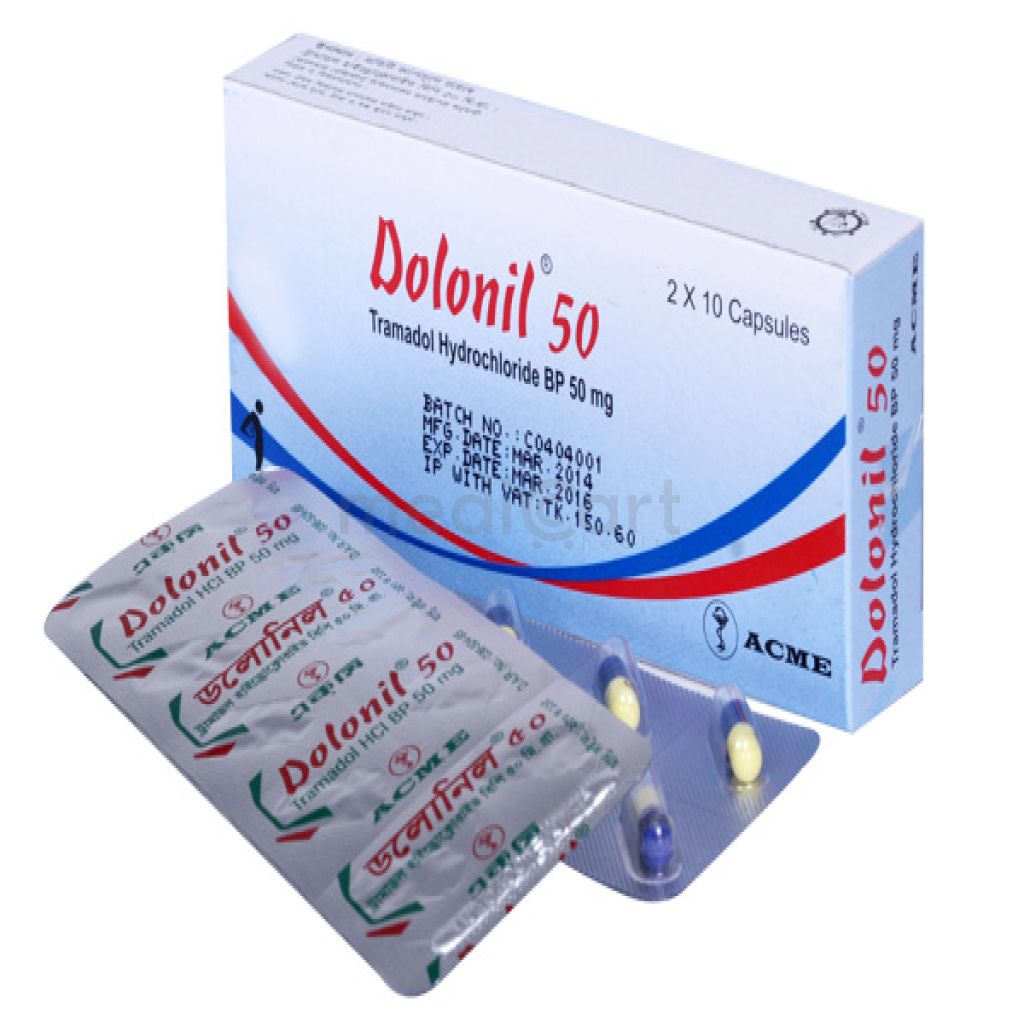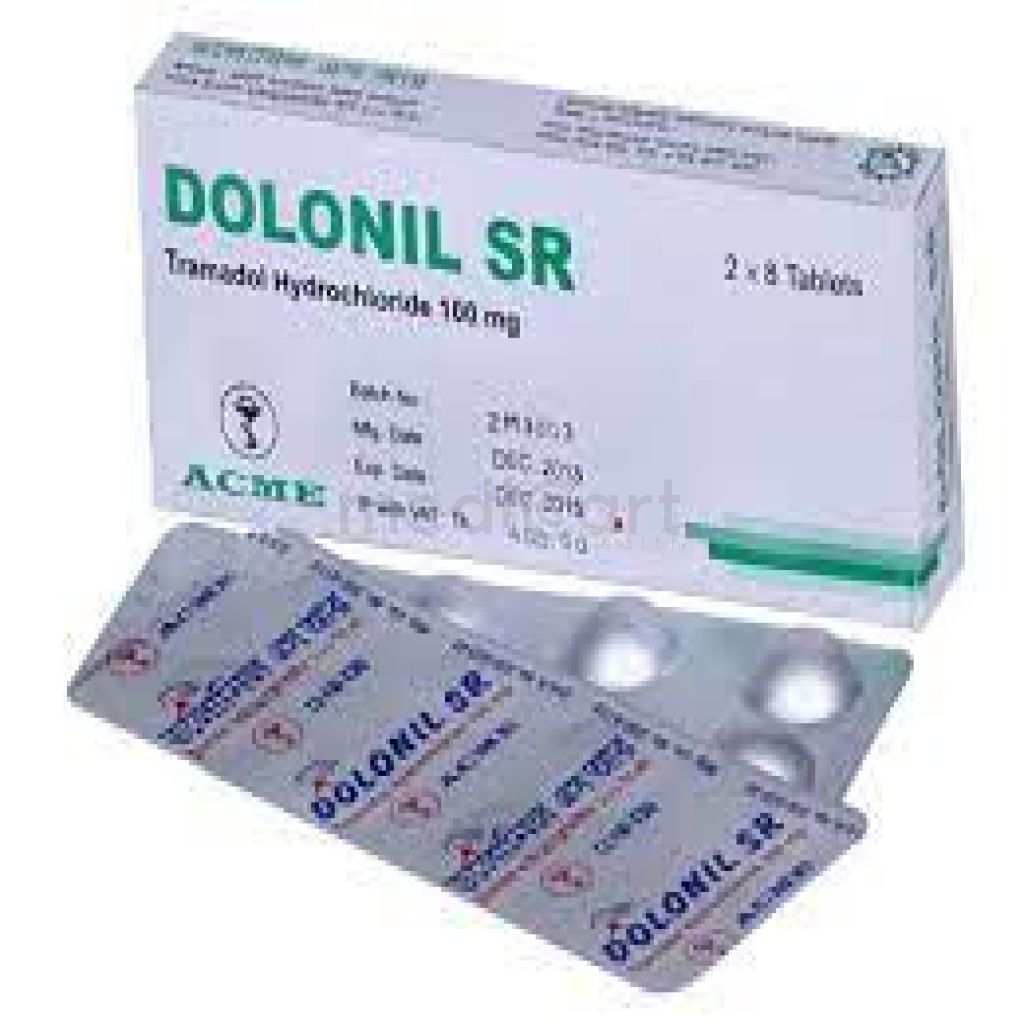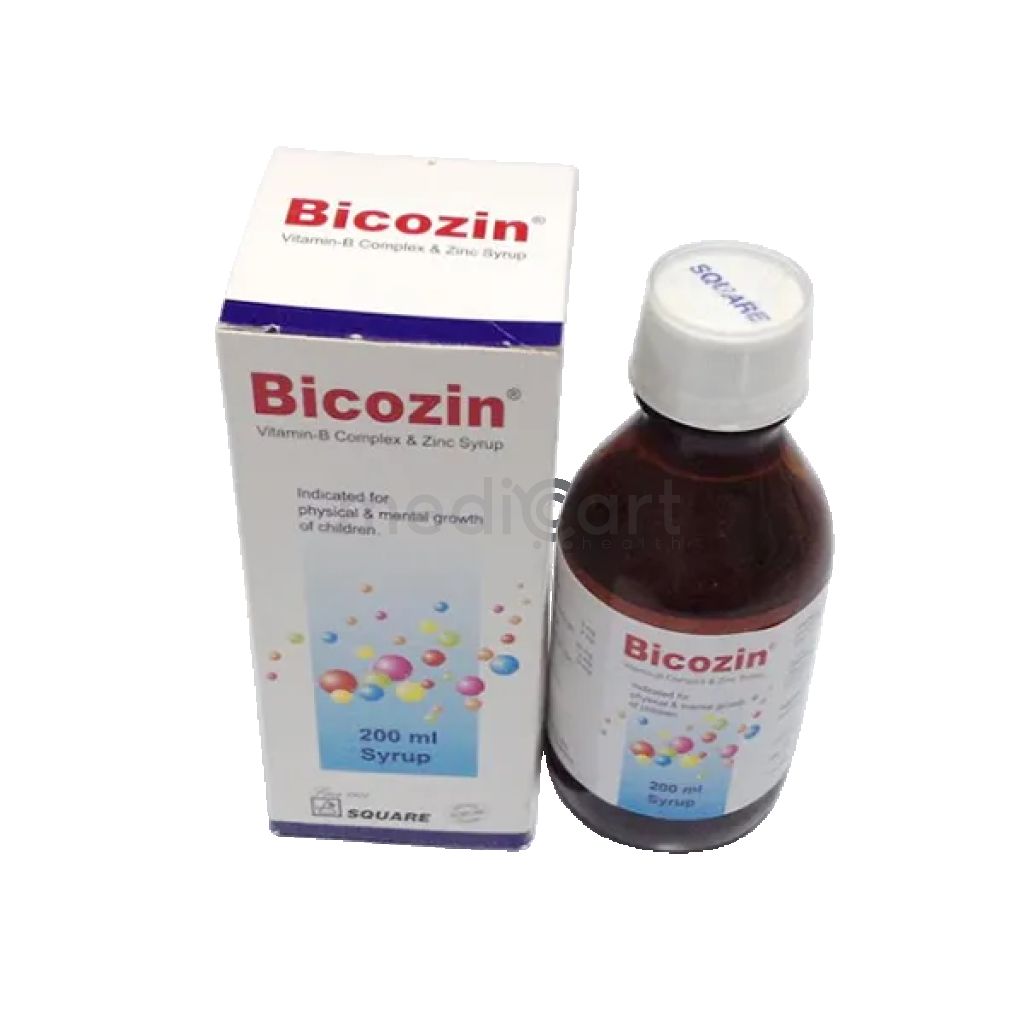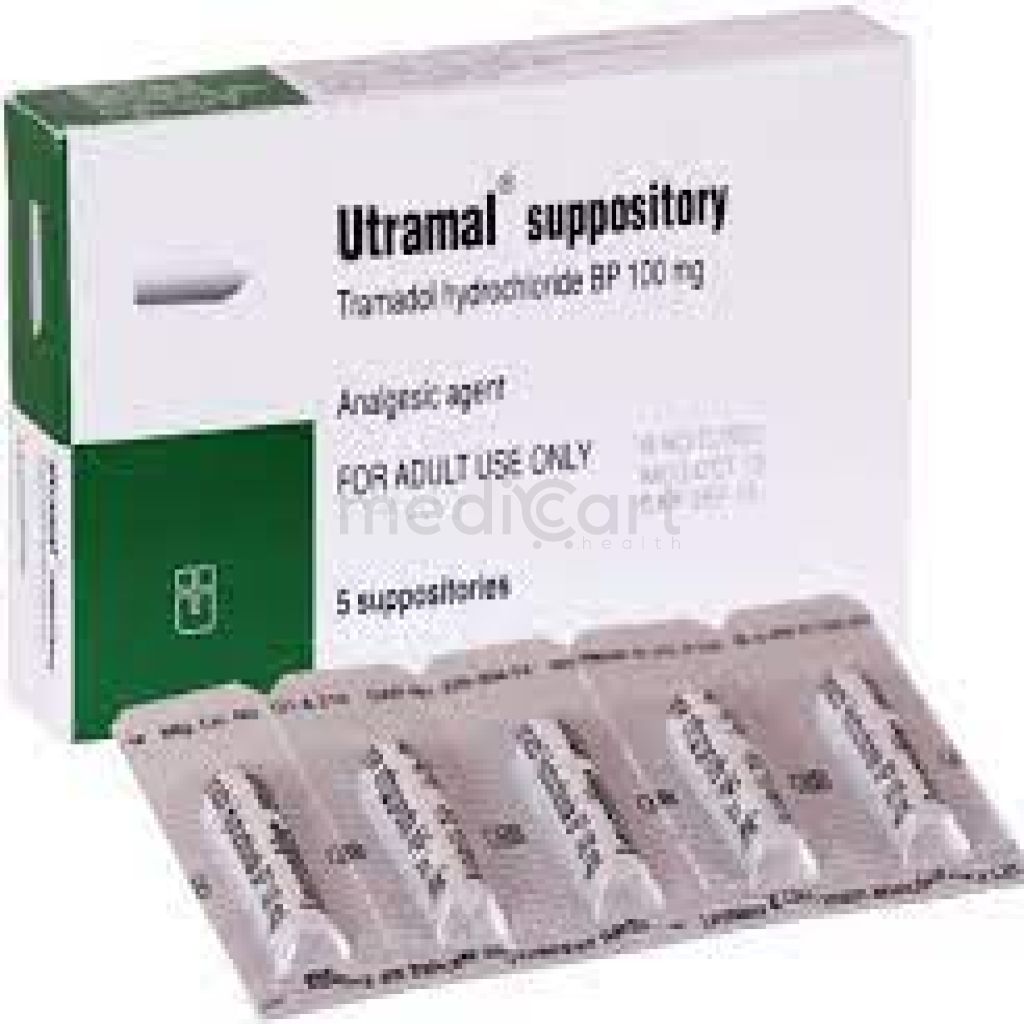

Utramal 100 mg Suppository 100mg
Suppository
Pack Size :
5 suppository x 1 strip
Generics :
Tramadol Hydrochloride
Manufacturer :
Unimed & Unihealth Manufacturers Ltd.
Best Price *
TK
125.00
* Delivery will be done in Dhaka city only.
Alternative Product
More Information About - Utramal 100 mg Suppository 100mg
Description
Generic Name
Tramadol HydrochloridePrecaution
Patients who suffer from emotional disturbance or depression, history of epilepsy or risk of seizure, head injury, increased intracranial pressure. Renal and hepatic impairment. Elderly. Pregnancy and lactation. Patient Counselling May impair ability to drive or operate machinery. Monitoring Parameters Monitor pain relief, resp rate, BP, pulse rate; signs of tolerance, abuse, or suicidal ideation. Lactation: Drug excreted at high concentration in breast milk; not recommendedIndication
Moderate to severe pain, Postoperative painContra Indication
Suicidal patients, acute alcoholism; head injuries; raised intracranial pressure; severe renal impairment; lactation.Dose
N/ASide Effect
>10% Constipation (24-46%),Nausea (24-40%),Dizziness (10-33%),Vertigo (26-33%),Headache (18-32%),Somnolence (7-25%),Vomiting (9-17%),Agitation (7-14%),Anxiety (7-14%),Emotional lability (7-14%),Euphoria (7-14%),Hallucinations (7-14%),Nervousness (7-14%),Spasticity (7-14%),Dyspepsia (5-13%),Asthenia (6-12%),Pruritus (8-11%) 1-10% Diarrhea (5-10%),Dry mouth (5-10%),Sweating (6-9%),Hypertonia (1-5%),Malaise (1-5%),Menopausal symptoms (1-5%),Rash (1-5%),Urinary frequency (1-5%),Urinary retention (1-5%),Vasodilation (1-5%),Visual disturbance (1-5%) <1% Abnormal gait,Amnesia,Cognitive dysfunction,Depression,Difficulty in concentration,Dysphoria,Dysuria,Fatigue,Hallucinations,Menstrual disorder,Motor system weakness,Orthostatic hypotension,Paresthesia,Seizures,Suicidal tendencies,Syncope,Tachycardia,Tremor Frequency Not Defined Abnormal electrocardiogram (ECG),Angioedema,Bronchospasm,Flushing,Hypertension,Hypotension,Myocardial ischemia,Palpitation,Urticaria,Withdrawal syndrome Potentially Fatal: Respiratory depression.Pregnancy Category
Name : Not Classified
Description
FDA has not yet classified the drug into a specified pregnancy category.Mode of Action
Tramadol inhibits reuptake of norepinephrine, serotonin and enhances serotonin release. It alters perception and response to pain by binding to mu-opiate receptors in the CNS.Interaction
Increased risk of convulsions or serotonin syndrome w/ SSRI, serotonin-norepinephrine reuptake inhibitors (SNRI), TCA and other seizure threshold lowering drugs (e.g. bupropion, mirtazapine, tetrahydrocannabinol). Decreased serum concentrations w/ carbamazepine. May potentiate the anti-depressant effect of norepinephrine, 5-HT agonists or lithium. Increased INR and ecchymoses w/ coumarin derivatives (e.g. warfarin). Potentially Fatal: Increased risk of seizure and serotonin syndrome w/ MAOIs.Pregnancy Category Note
Pregnancy & Lactation Pregnancy: Prolonged use of opioid analgesics during pregnancy for medical or nonmedical purposes can result in physical dependence in the neonate and neonatal opioid withdrawal syndrome shortly after birth; observe newborns for symptoms of neonatal opioid withdrawal syndrome and manage accordingly Neonatal seizures, neonatal withdrawal syndrome, fetal death and still birth have been reported with tramadol during post-approval use of tramadol immediate-release products Pregnancy Prolonged use of opioid analgesics during pregnancy may cause neonatal opioid withdrawal syndrome; available data in pregnant women are insufficient to inform a drug-associated risk for major birth defects and miscarriage; observe newborns for symptoms of neonatal opioid withdrawal syndrome and manage accordingly Labor and delivery Use of tramadol during labor may lead to respiratory depression in the neonate Opioids cross the placenta and may produce respiratory depression and psycho-physiologic effects in neonates; an opioid antagonist, such as naloxone, must be available for reversal of opioid-induced respiratory depression in the neonate; use is not recommended in pregnant women during or immediately prior to labor, when other analgesic techniques are more appropriate; opioid analgesics, can prolong labor through actions which temporarily reduce the strength, duration, and frequency of uterine contractions; however, this effect is not consistent and may be offset by increased rate of cervical dilation, which tends to shorten labor; monitor neonates exposed to opioid analgesics during labor for signs of excess sedation and respiratory depression Lactation Tramadol and its active metabolite, O-desmethyltramadol (M1), are present in human milk; there are published studies and cases that have reported excessive sedation, respiratory depression, and death in infants exposed to codeine via breast milk; women who are ultra-rapid metabolizers of tramadol achieve higher than expected serum levels of opioids, potentially leading to higher levels of M1 in breast milk that can be dangerous in their breastfed infants; in women with normal tramadol metabolism (normal CYP2D6 activity), the amount of tramadol secreted into human milk is low and dose-dependent Because of potential for serious adverse reactions, including excess sedation, respiratory depression, and death in a breastfed infant, breastfeeding is not recommended during treatmentAdult Dose
Oral Moderate to severe pain Adult: Immediate release Chronic pain: 25 mg PO every morning initially; increased by 25-50 mg/day every 3 days up to 50-100 mg PO q4-6hr PRN; not to exceed 400 mg/day Acute pain: 50-100 mg PO q4-6hr PRN; not to exceed 400 mg/day Extended release 100 mg PO once daily initially; increased by 100 mg/day every 5 days; not to exceed 300 mg/day Parenteral Moderate to severe pain Adult: IM/IV: 50-100 mg 4-6 hrly over 2-3 min. Postoperative pain Adult: Initially, 100 mg followed by 50 mg every 10-20 min if necessary, to a total of 250 mg in the 1st hr including initial dose. Thereafter, 50-100 mg 4-6 hrly up to a total daily dose of 600 mg. Elderly: >75 yr Increase dosing interval. Hepatic impairment: Severe: Immediate release, 50 mg PO q12hr; extended release not recommendedChild Dose
Moderate-to-Severe Pain Immediate release <17 years: Safety and efficacy not established >17 years (acute): 50-100 mg PO q4-6hr PRN; not to exceed 400 mg/day >17 years (chronic): 25 mg PO every morning initially; increased by 25-50 mg/day every 3 days as separate doses up to 50-100 mg PO q4-6hr PRN; not to exceed 400 mg/day Extended release <18 years: Safety and efficacy not establishedRenal Dose
Renal impairment: CrCl (ml/min) Dosage Recommendation 10-30 Increase dosing interval to 12 hrly. <10 Contraindicated.Administration
May be taken with or without food.Disclaimer
The information provided herein are for informational purposes only and not intended to be a substitute for professional medical advice, diagnosis, or treatment. Please note that this information should not be treated as a replacement for physical medical consultation or advice. Great effort has been placed to provide accurate and comprehensive data. However, Medicart along with its authors and editors make no representations or warranties and specifically disclaim all liability for any medical information provided on the site. The absence of any information and/or warning to any drug shall not be considered and assumed as an implied assurance of the Company.

